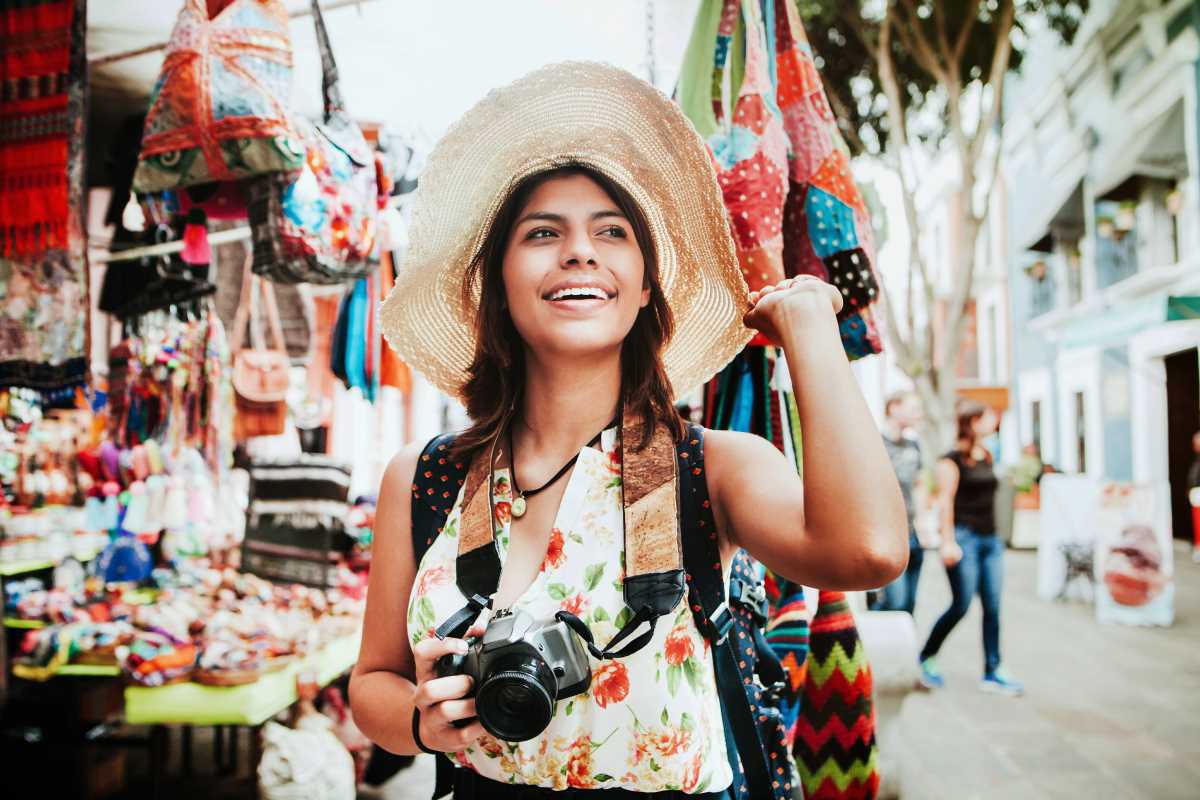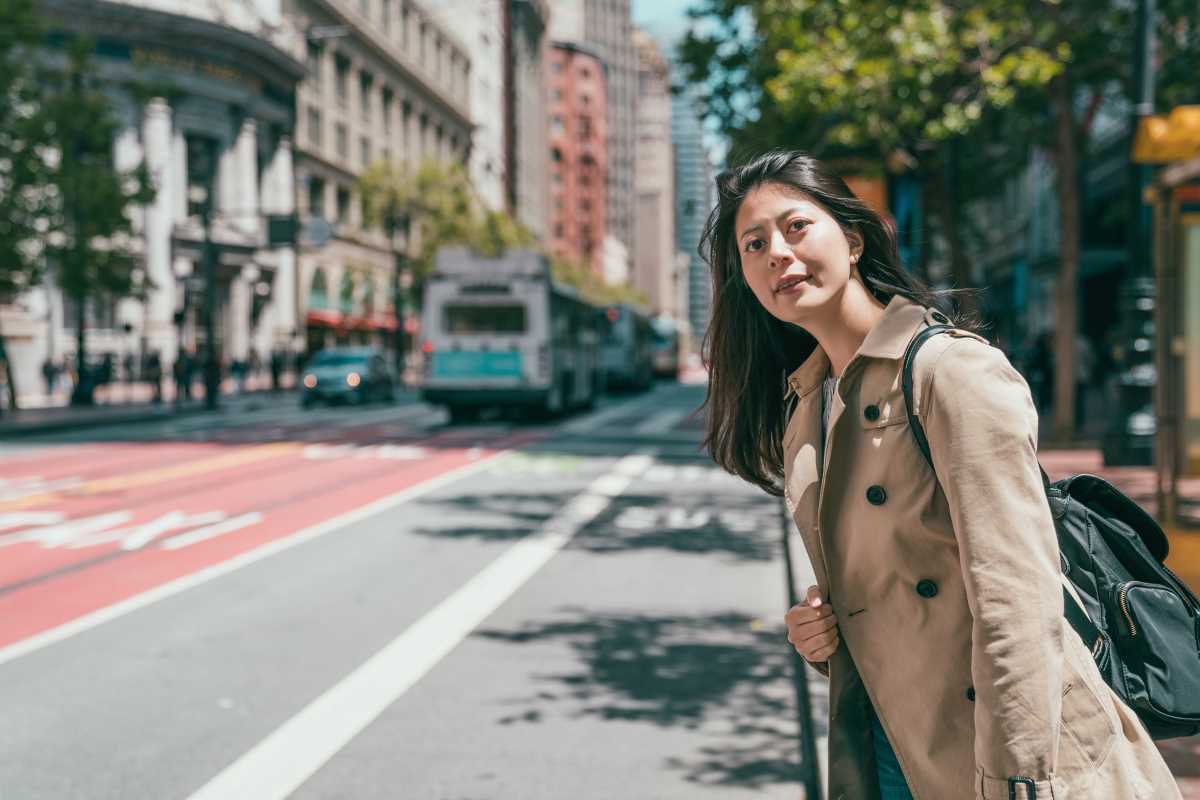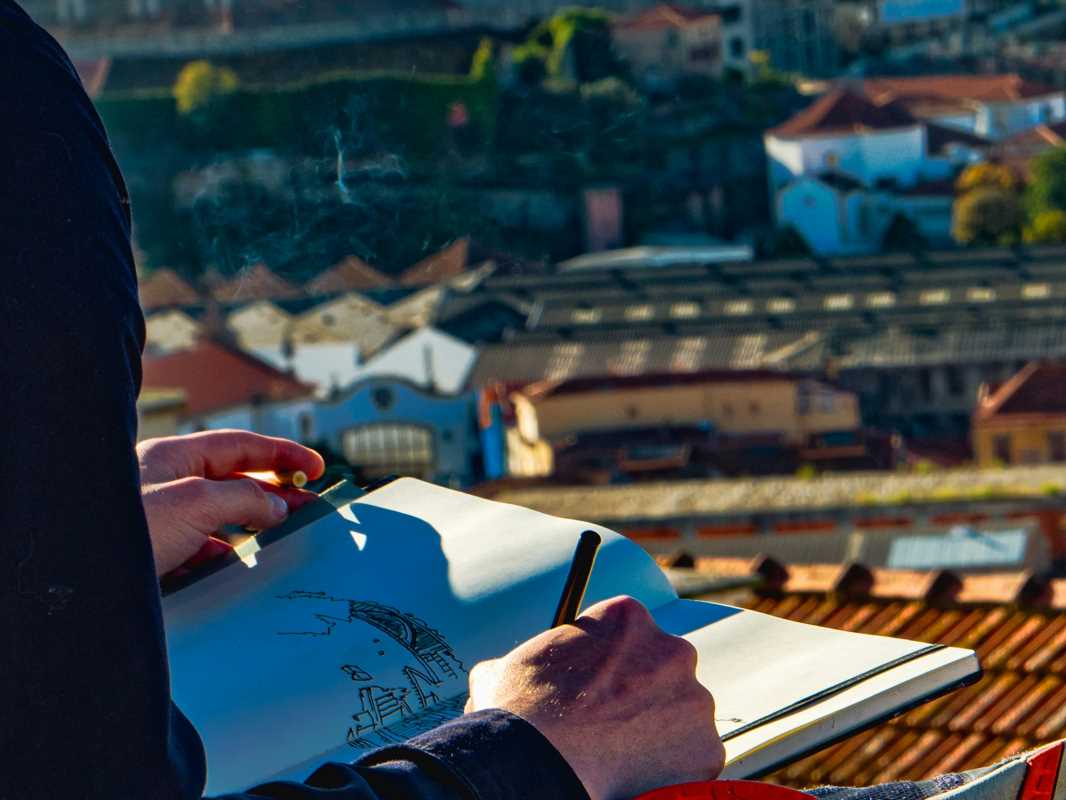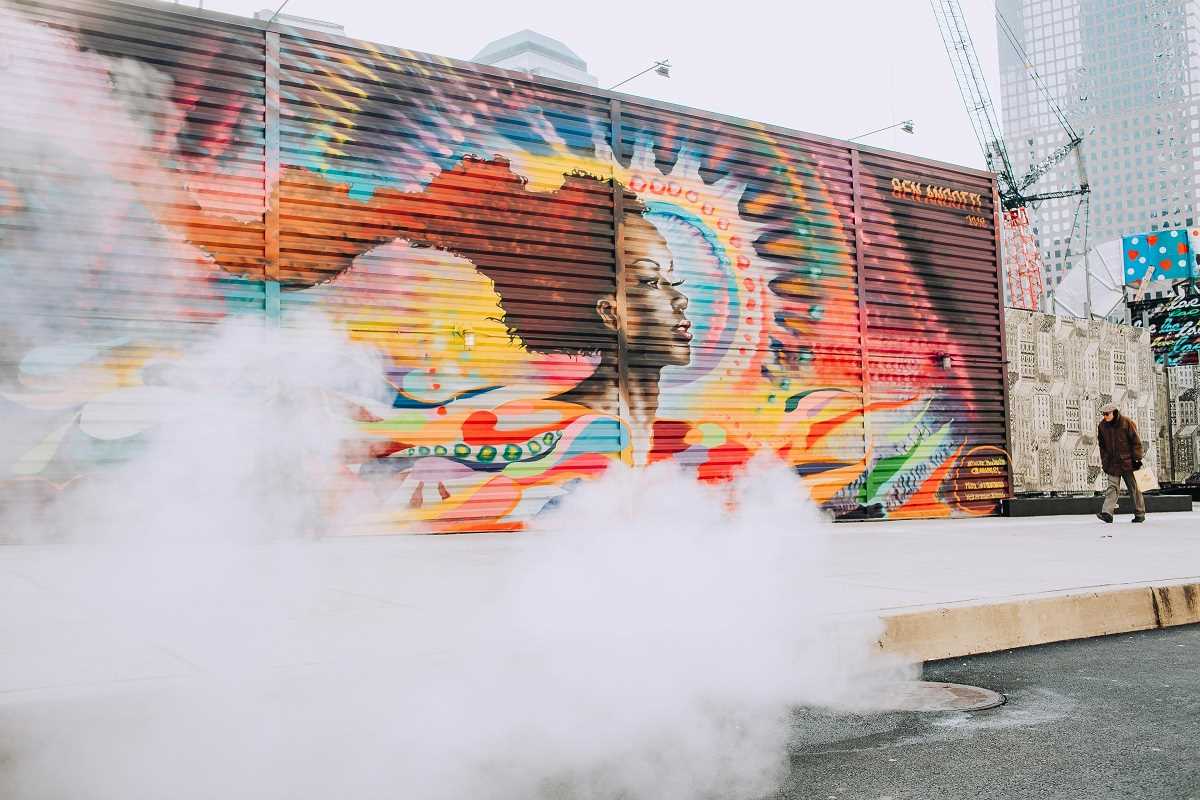Anticipating your next adventure starts well before you pack your bags. Think about the charming streets you’ll wander, the lively markets bursting with color, and the mountains waiting on the horizon. Take a moment to jot down scene ideas, collect magazine clippings, or doodle your thoughts on a sticky note. These little acts of creativity build excitement and prepare you for discoveries yet to come. Planning sights and themes in advance turns each day of your journey into an opportunity to find something unexpected and memorable along the way.
Preparing early also helps you build a visual vocabulary. You might notice recurring patterns—vibrant tile details in one town, mossy stone walls in another. Recognizing these elements before leaving home gives you a head start on choosing the right supplies. By the time you board that train or bus, your mind buzzes with possibilities for shapes, colors, and keepsakes to collect.
Gather Inspiration Before You Travel
- Create a mood board on a corkboard or inside an old frame. Pin photos from travel blogs, ticket stubs from past trips, and fabric swatches in interesting textures.
- Browse online galleries of street sketches and field journals. Save a handful of favorites to spark ideas—perhaps you fall in love with a quick pen technique or a watercolor style that feels playful.
- Watch quick video tutorials on journaling tricks. Learn how to bubble-wrap your watercolor palette or fold your sketchbook into a triangle for an instant easel.
- Check guidebooks not for dry facts but for layout ideas: sidebars, small maps, recipe boxes, or margin doodles you can adapt to your journal.
Gathering inspiration this way keeps you curious and sets a creative tone before you depart. It puts you in a playful mindset to discover the unexpected.
Select Your Sketching Tools and Mementos
Choosing compact, reliable materials ensures you spend more time creating and less time fussing. Pick a pocket-sized sketchbook that fits easily in your coat or daypack. Brands like *Moleskine* or *Field Notes* offer simple pages that respond well to pen and light washes.
Opt for a durable pen—perhaps a waterproof fineliner—and a small watercolor pan with a travel brush that snaps closed tight. Slip in a graphite pencil and a tiny eraser for quick tonal sketches. In a separate pouch, stash acid-free envelopes or small clear bags to hold paper finds such as tickets, leaf cuttings, or pressed petals.
Finally, plan a system for labeling each item on the go. A fine-tip permanent marker works on most surfaces. When you write a date and location on your drawing or document a ticket stub’s back, you capture context that makes the memories sharper later on.
Use On-the-Spot Sketching Techniques
- Speed Sketching: Focus on capturing the outline of buildings or people in fewer than five strokes. Practice tapering lines quickly to suggest form rather than detail.
- Gesture Drawings: Spend 30 seconds on each pose in a busy square. Draw the movement of a dancer, the pace of a cyclist, or the tilt of a vendor’s cart to preserve energy and motion.
- Watercolor Accent: Sketch in pen, then dab a wet brush for a wash of color. Let the paint pool naturally around edges for organic texture and lively contrast.
- Frame Experiments: Draw through a small circular hole cut in paper to limit your view. This mini “viewfinder” helps you focus on composition and ignore distracting elements around you.
Following these steps helps you develop a routine that works in any setting. Repeat these techniques until drawing in crowded spaces or windy plazas feels natural.
As you gain confidence, combine pen strokes with quick shading. Try ink stippling for shadows, then blend light pencil shading to suggest depth. These on-the-spot tools make every sketch look intentional.
Find Creative Ways to Collect Physical Keepsakes
Travel mementos don’t need to be bulky souvenirs. You can turn small discoveries into treasured keepsakes. Press a sprig of lavender inside a folded postcard. Secure ticket stubs or ferry tokens in translucent tape envelopes that double as journal pockets.
Use a mini hole punch to add stamps from local cultural centers into a ring binder slice. Slip in scraps of colorful maps, then paint over parts to highlight routes you loved. Save tiny shells or pebbles in a fabric pouch sewn from an old scarf square.
When you notice interesting textures—like a ripped edge of ancient parchment or a piece of foil from street food—press it flat with a few pages of your journal and cover it with a protective sheet. This method captures layers of memory, textures included.
Assemble and Personalize Your Travel Journal
Turn your keepsakes into a living story by arranging sketches, tickets, and notes as if you were curating an exhibit. Pair drawings with mementos, add captions that capture scents or sounds, and decorate with borders or stamps to mark each day. Themed sections—landscapes, people, quirky details—help you organize your journey while giving every spread its own character.
Experiment with layering translucent pages, adding doodles over boarding passes, or tucking in pressed flowers. A simple calendar at the bottom of each page keeps your timeline visible at a glance. Later, revisit your journal to add splashes of color, short poems, or extra details. This evolving process strengthens your connection to each memory.
Start with one page today, and let your journal grow into a unique keepsake that reflects your adventures.







